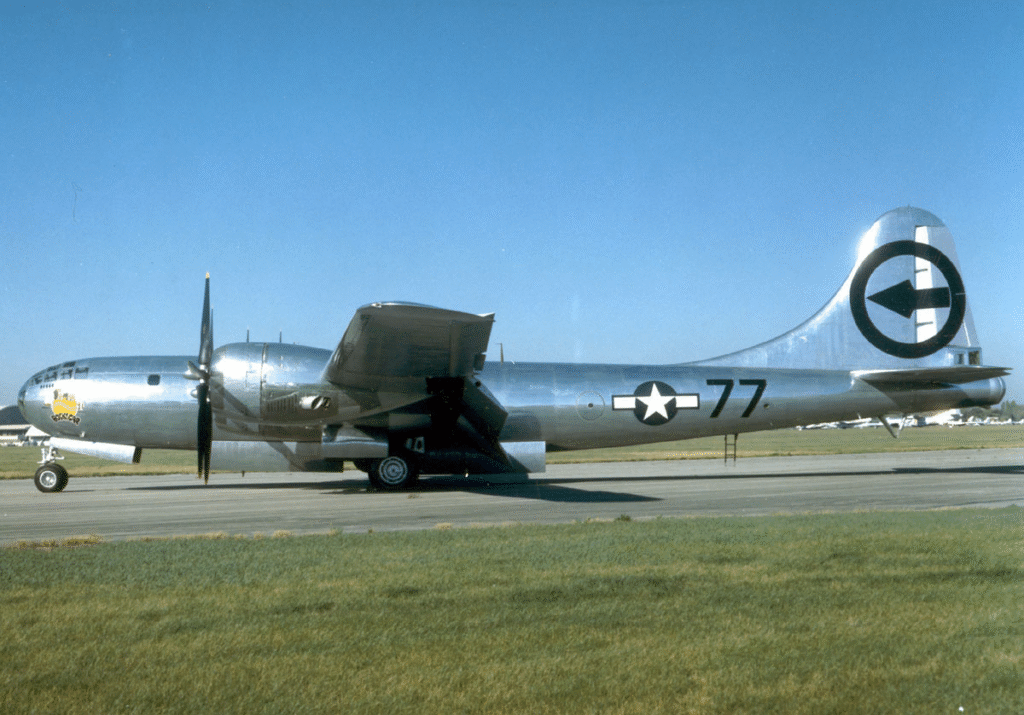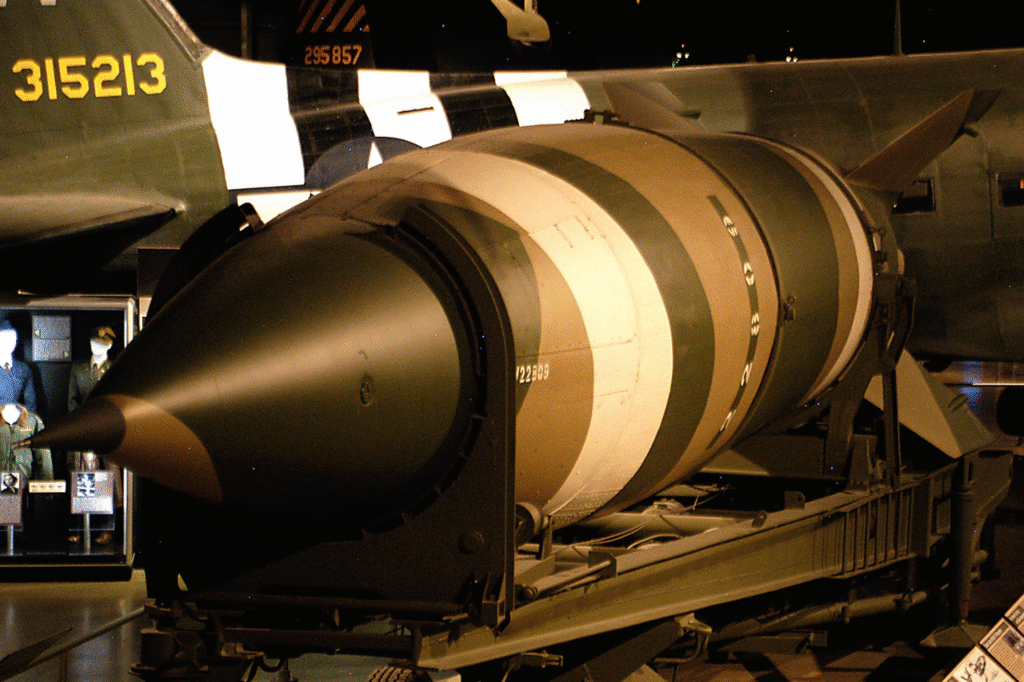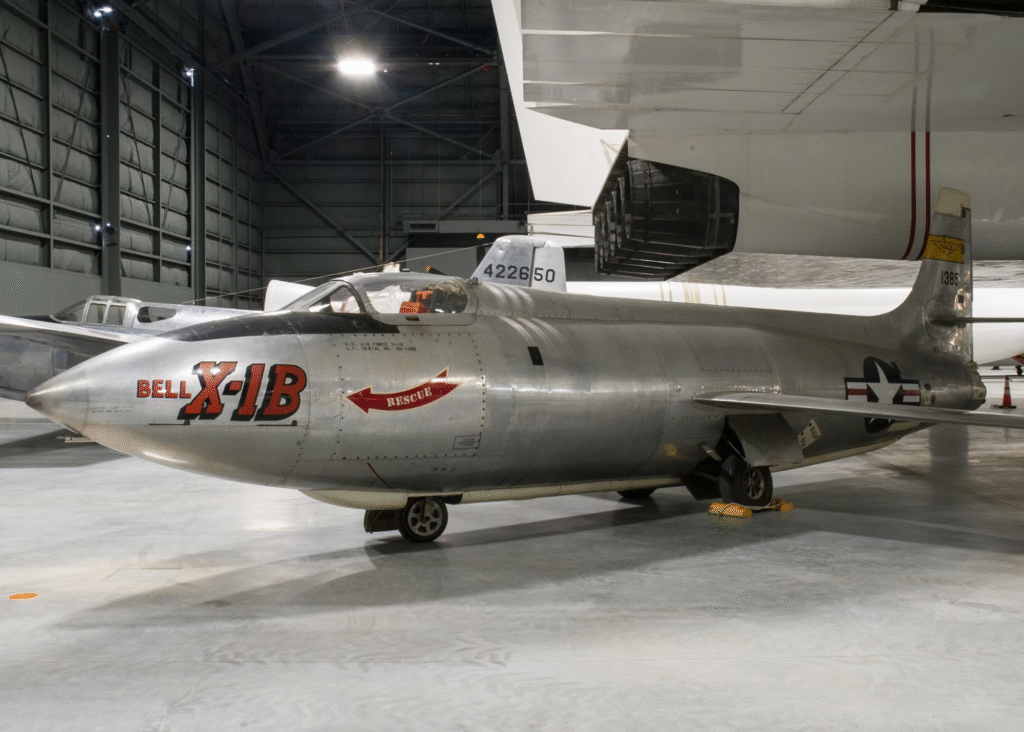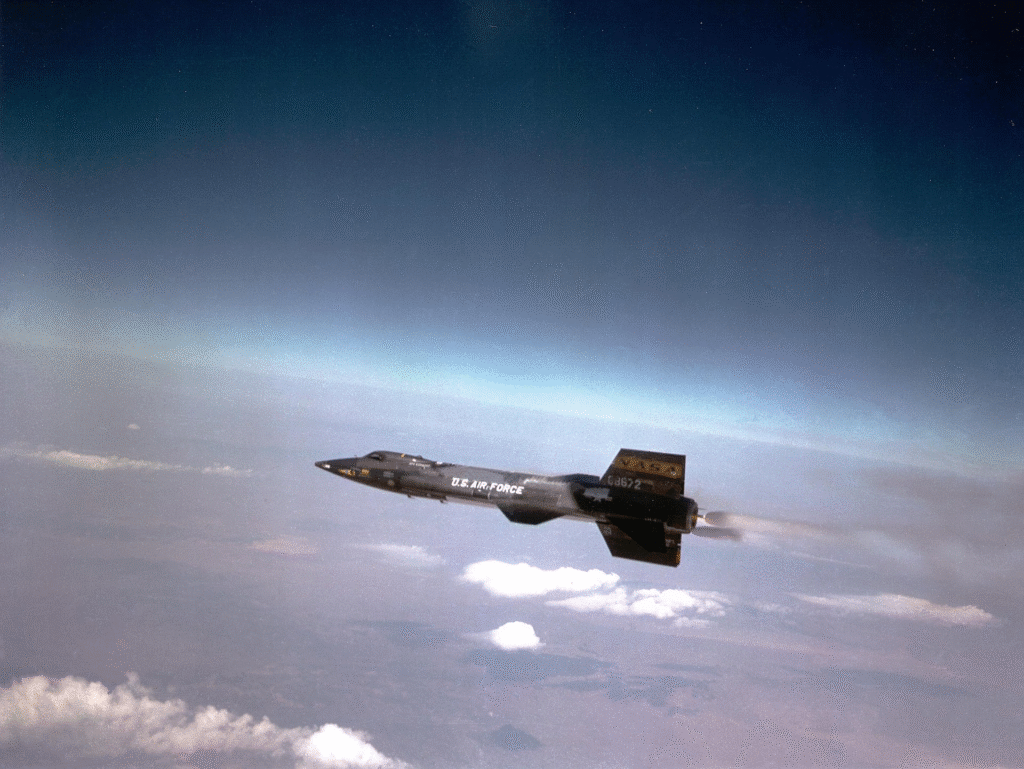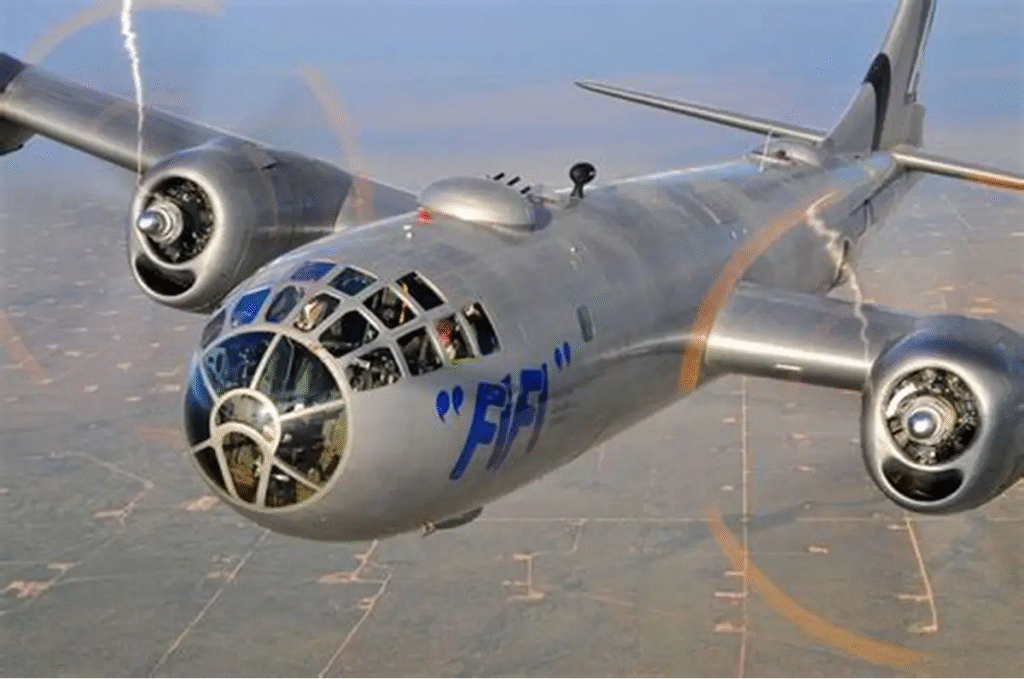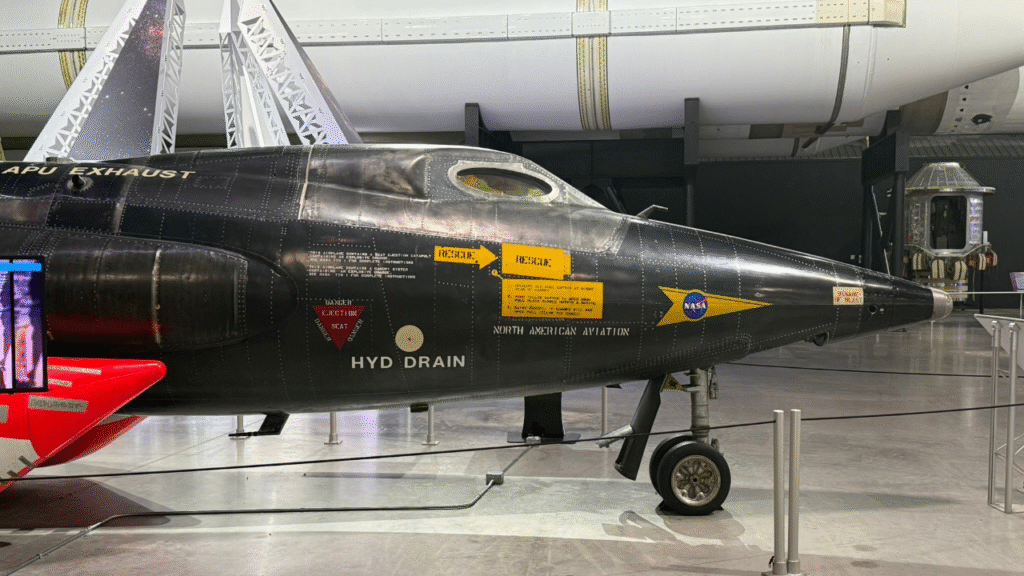
Pace has lengthy been a key to warfare, however few intervals in historical past confirmed it as prominently because the Chilly Struggle. For nearly half a century following World Struggle II, the Soviet Union and the USA existed in a endless battle of know-how. It wasn’t essentially a query of who might journey the quickest, although that was an enormous a part of it—it was about surviving, strategically controlling, and making ready to assault or defend at an immediate’s discover.
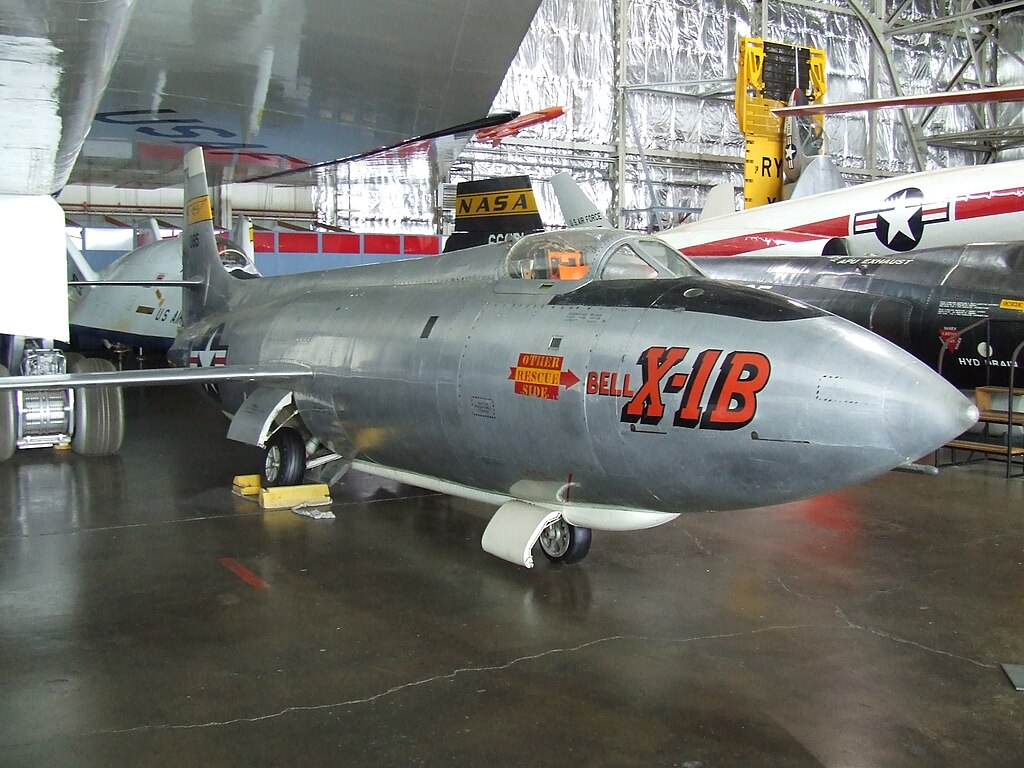
Early within the Chilly Struggle, the U.S. realized that it couldn’t compete with the Soviet Union’s numbers, so as a substitute it emphasised innovation, notably in flight. Edwards Air Drive Base in California was the hub of state-of-the-art flight testing. With Chuck Yeager flying the Bell X-1 via the sound barrier in 1947, one thing big had begun. Quickly, experimental planes such because the Bell X-2 and the X-15 have been venturing into hypersonic ranges. The X-15, particularly, hit speeds of Mach 6.7 and flew to the boundaries of house. These flights weren’t merely about breaking information—they have been gathering essential knowledge that might outline the way forward for aerospace design and efficiency.
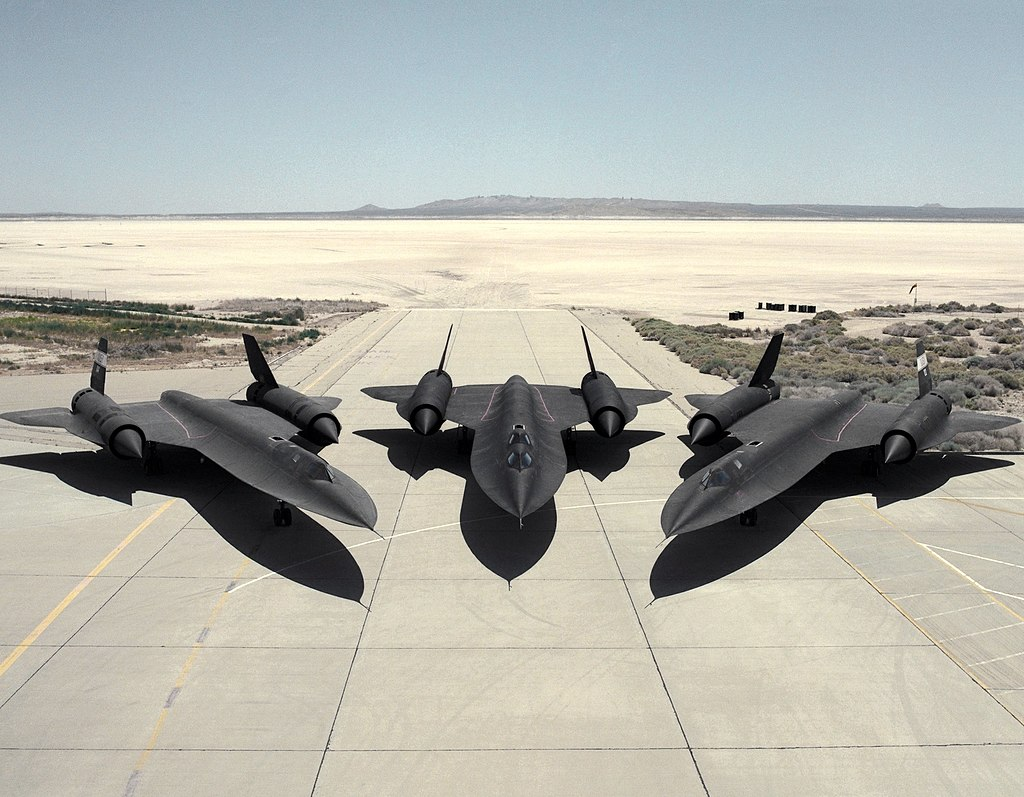
A number of this was fueled by the jet engine. It enabled the manufacturing of plane such because the F-100 Tremendous Sabre, the primary to supersonic pace in straight flight. Visionaries reminiscent of Lockheed’s Kelly Johnson pushed the envelope additional, creating slender machines such because the F-104 Starfighter and the iconoclastic SR-71 Blackbird. First flown in 1964, the SR-71 was in a position to fly at Mach 3 and cruise at over 85,000 toes—effectively out of attain of hostile interceptors or missiles. It even established a cross-country pace file, touring from Los Angeles to Washington, DC in somewhat greater than an hour. To have the ability to survive circumstances as excessive as these at such heights, its pilots wore strain fits—purposeful house fits—emphasizing how far the U.S. had traveled within the pursuit of pace.
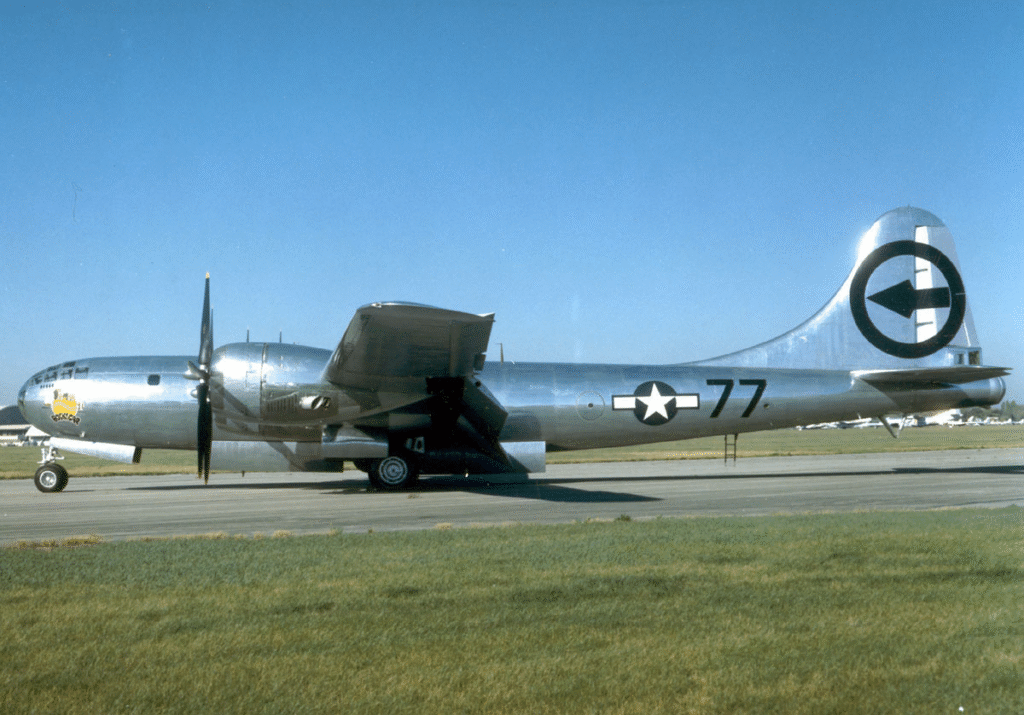
However the competitors was not solely within the air. The creation of intercontinental ballistic missiles, or ICBMs, radically altered the face of warfare. Think about this: the B-29 bomber that dropped the primary atomic bomb flew at about 220 mph and took hours to succeed in its goal. In contrast, ICBMs might ship a nuclear payload throughout the globe in beneath an hour. The Titan I missile, launched within the early Nineteen Sixties, might journey greater than 6,000 miles at speeds of as much as Mach 21. Subsequent designs, such because the Peacekeeper, had a number of warheads, which amplified their damaging functionality.
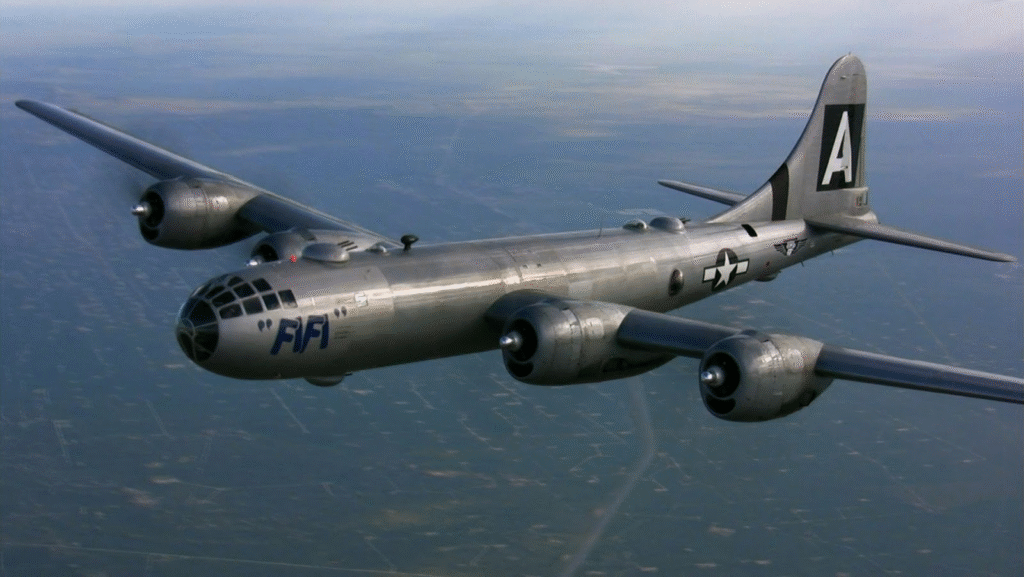
Because the Chilly Struggle wound down, pace gave technique to maneuverability and flexibility in modern fighter plane. However the quest for pace didn’t evaporate—it simply relocated to a brand new frontier: hypersonic weaponry. Hypersonic refers to speeds over Mach 5, or 5 occasions sound. However as Stockholm Worldwide Peace Analysis Institute (SIPRI) researchers be aware, it isn’t at all times simple to outline hypersonic. The pace of sound modifications with altitude and temperature, and when you’re working on the boundary of house, Mach numbers not apply. What actually separates hypersonic weapons from the remaining is their capability to journey at excessive velocities whereas persevering with to maneuver inside Earth’s environment.
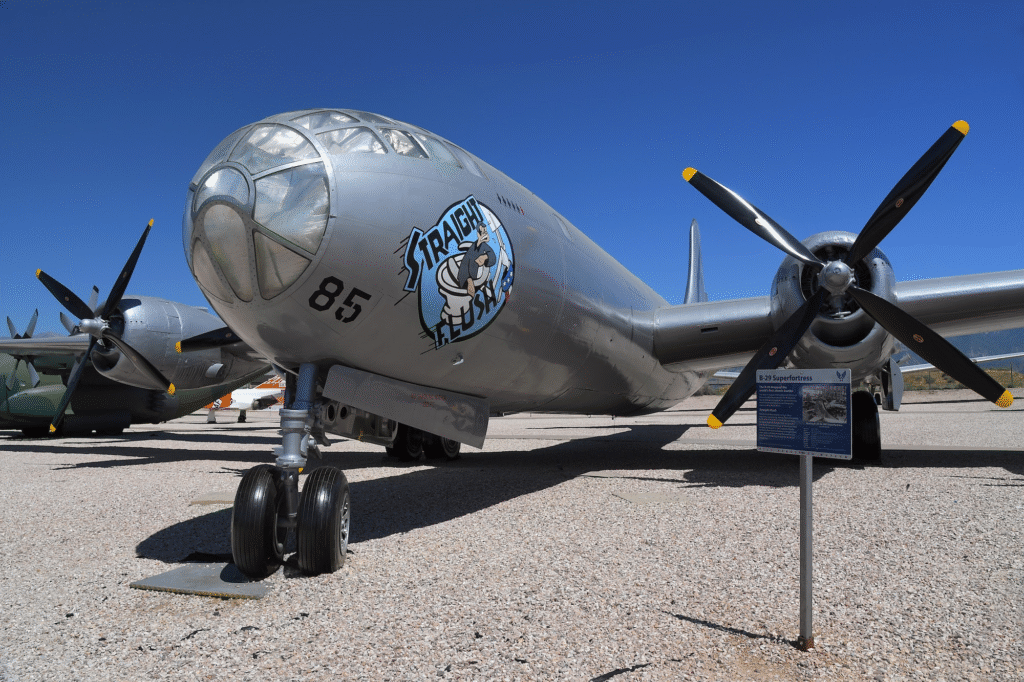
There are two fundamental classes of hypersonic weapons: hypersonic cruise missiles and hypersonic glide automobiles. Cruise missiles make the most of engines reminiscent of scramjets or ramjets to propel themselves at hypersonic speeds throughout flight. Glide automobiles are boosted by rockets after which glide again into the environment, flying high-speed, unpredictable trajectories to their targets. This renders them extraordinarily difficult for present missile protection methods to detect or intercept.
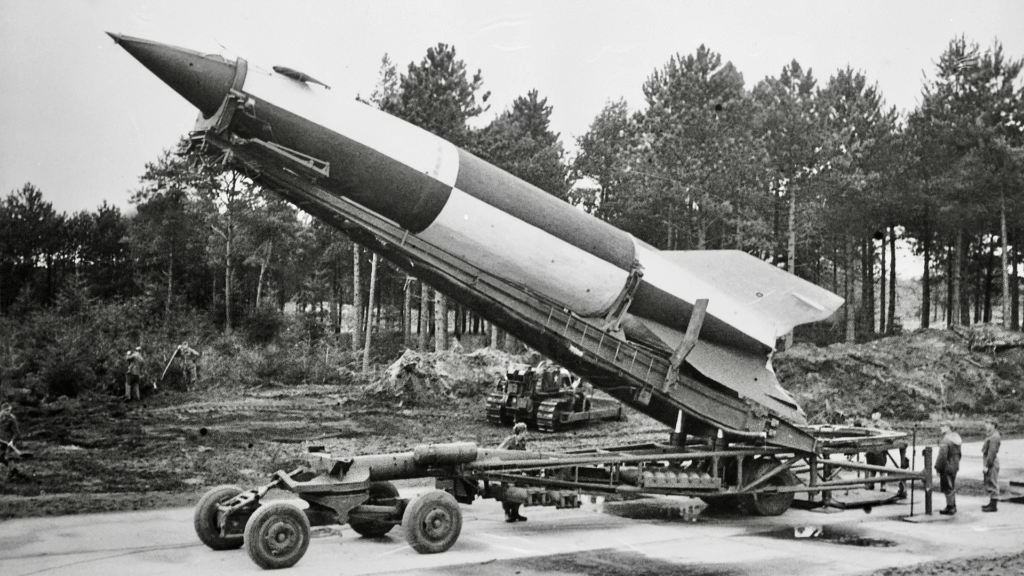
It must be added that older ballistic missiles—such because the German V-2 or modern ICBMs—even have hypersonic speeds, notably on reentry. However they journey fairly predictable trajectories. Hypersonic weapons will not be the identical: their pace mixed with their maneuverability makes them way more troublesome to defend towards.
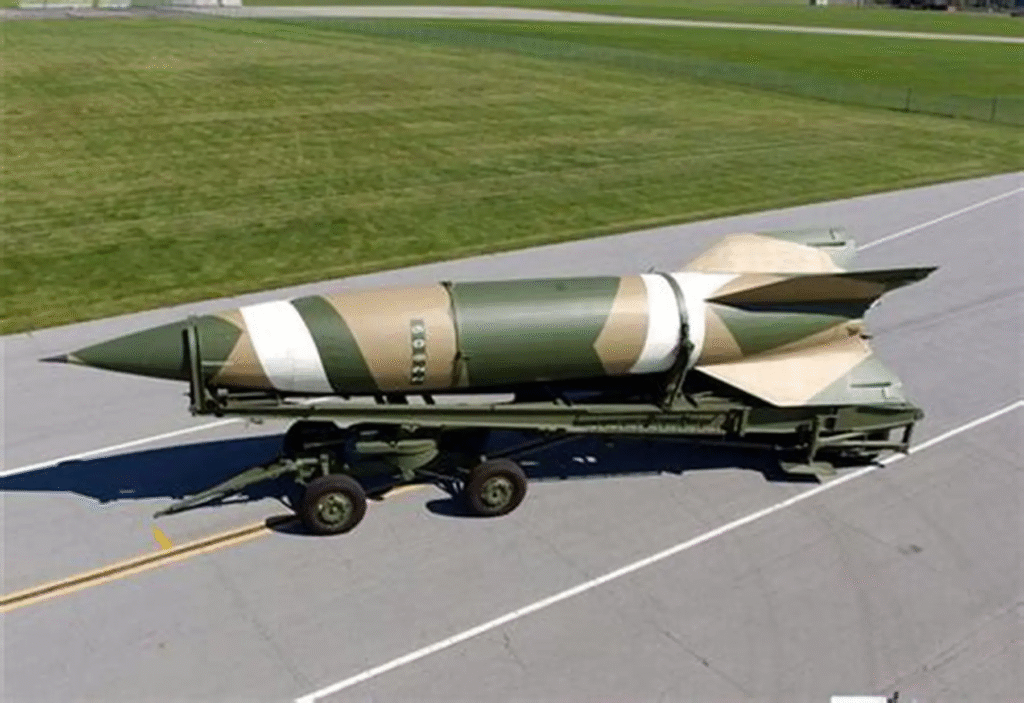
Creating secure hypersonic weapons is a gargantuan engineering activity. Touring at such excessive velocities via the air causes immense friction and warmth to construct up, making a plasma cloud across the craft. Not solely does it place pressure on the structural integrity of the missile, nevertheless it additionally disrupts communications and steering methods. Sensors should perform on their very own since exterior alerts can’t at all times penetrate. One other problem is propulsion—sustaining a scramjet engine’s clean burn at hypersonic velocities over hundreds of miles stays one in every of aerospace engineering’s most difficult dilemmas.
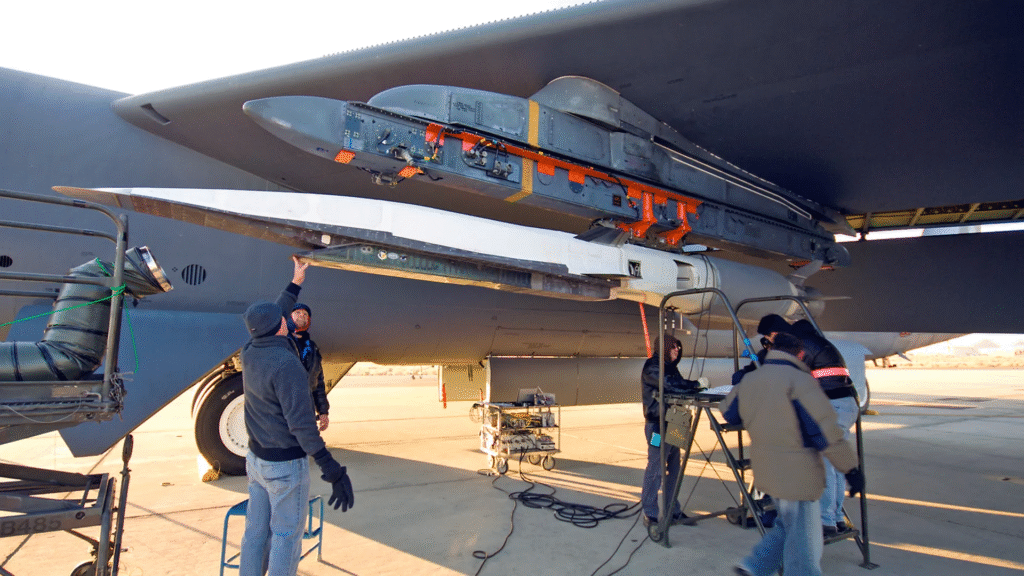
Even probably the most promising take a look at automobiles, such because the U.S. Air Drive’s X-51A Waverider, have struggled with sustaining flight at excessive speeds with a helpful weapons payload. All of it should be light-weight but sturdy sufficient to resist the tough warmth and strain of flight.
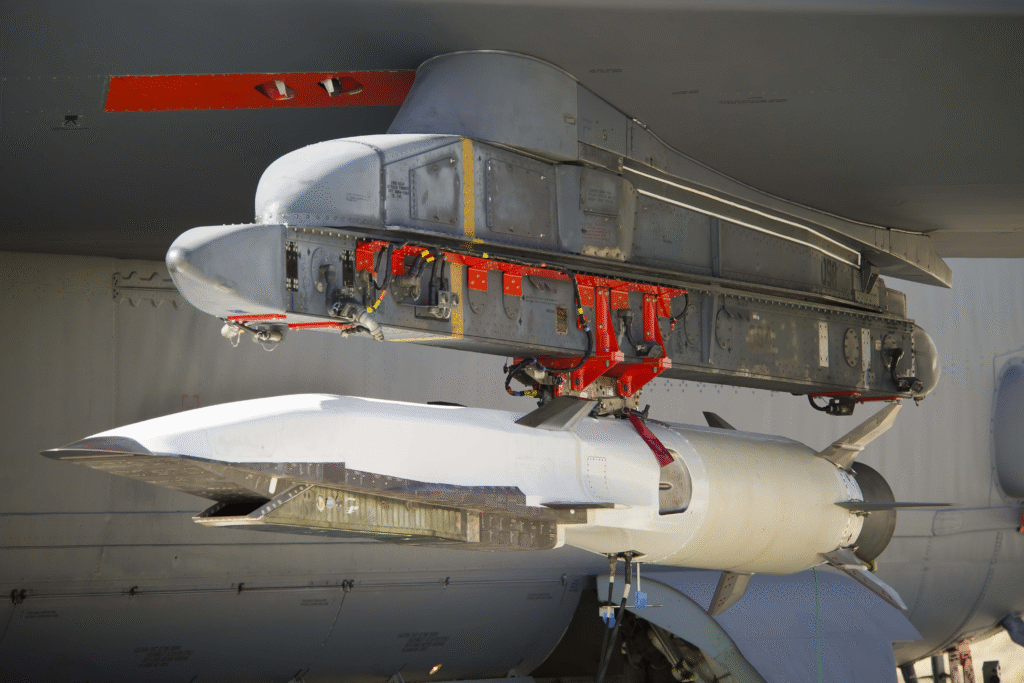
Strategically, hypersonic weapons are a game-changer. Their agility and pace cut back the window of decision-making for political and navy leaders, rising the stakes in any given battle. Protection methods are already having a troublesome time maintaining with standard ballistic missiles—hypersonic threats simply make issues much more difficult. With America, Russia, China, and others pouring billions into hypersonic analysis, it’s apparent that the pace race continues to be going sturdy, simply differently.
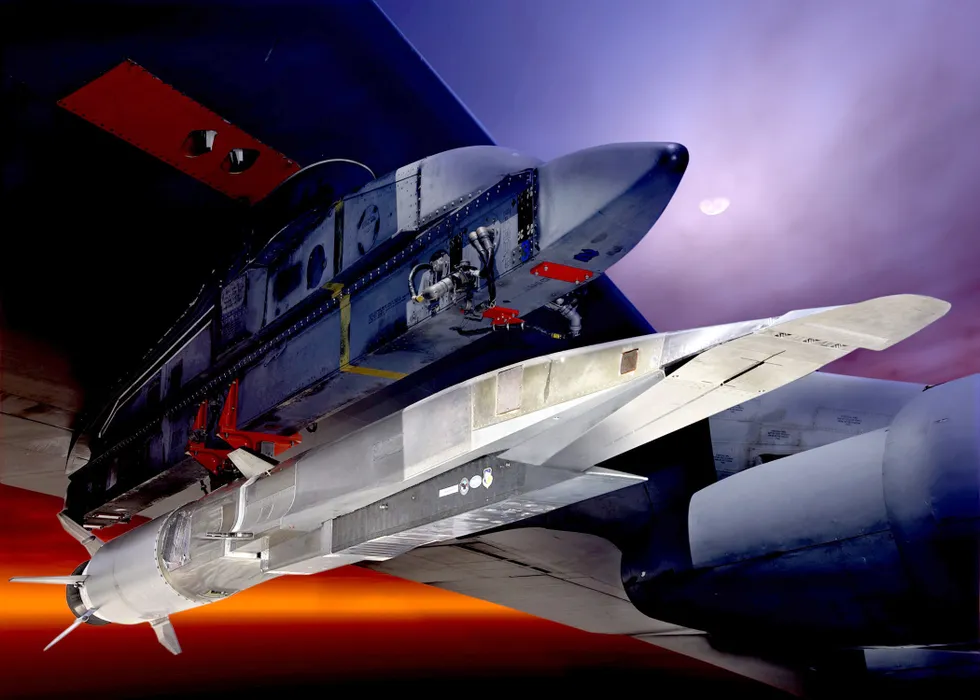
From cavalry expenses to Chilly Struggle spy planes to next-generation missiles, pace has at all times dictated how wars have been waged. It fuels innovation, remakes methods, and most of the time decides who’s on prime. As we transfer into an age characterised by hypersonic know-how, one factor has not modified: pace continues to be a badge of energy—and a power that continues to outline warfare’s future.
